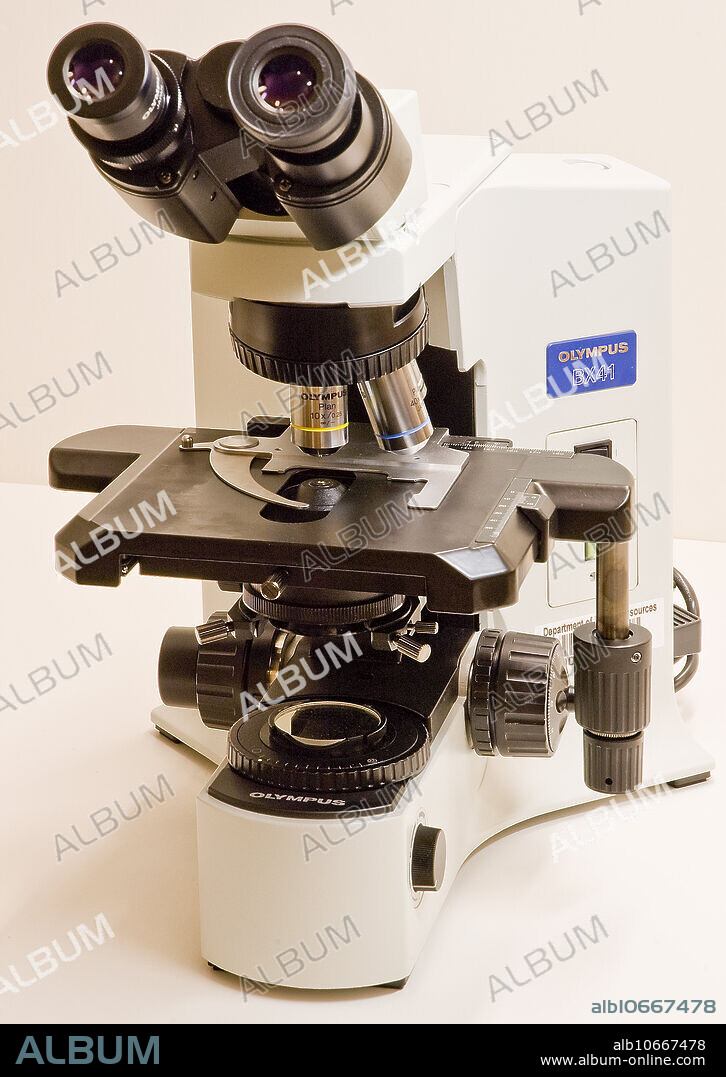alb10667478
compound light microscope

|
Añadir a otro lightbox |
|
Añadir a otro lightbox |



¿Ya tienes cuenta? Iniciar sesión
¿No tienes cuenta? Regístrate
Compra esta imagen

Título:
compound light microscope
Descripción:
Ver traducción automática
The compound light microscope is one which uses light to transmit an image to the eye and has more than one lens. Early microscopes were called 'simple' because they only had one lens. They also had limitations on the amount of magnification they could produce. Simple light microscopes of the past could magnify an object to 266X, whereas modern compound light microscopes, under optimal conditions, can magnify an object from 1000X to 2000X (times) the specimen's original diameter. On a typical compound optical microscope, there are three objective lenses: a scanning lens (4x), a low power lens (10x), and a high power lens (ranging from 20 to 100x). Some microscopes have a fourth objective lens, called an oil immersion lens. To use this lens, a drop of immersion oil is placed on top of the cover slip, and the lens is very carefully lowered until the front objective element is immersed in the oil film. Such immersion lenses are designed so that the refractive index of the oil and of the cover slip are closely matched so that the light is transmitted from the specimen to the outer face of the objective lens with minimal refraction. An oil immersion lens usually has a magnification of 50 to 100x. The actual power or magnification of an optical microscope is the product of the powers of the ocular (eyepiece), usually about 10x, and the objective lens being used.
Crédito:
Album / Science Source / RICHARD J. GREEN
Autorizaciones:
Modelo: No - Propiedad: No
¿Preguntas relacionadas con los derechos?
¿Preguntas relacionadas con los derechos?
Tamaño imagen:
2000 x 2820 px | 16.1 MB
Tamaño impresión:
16.9 x 23.9 cm | 6.7 x 9.4 in (300 dpi)
Palabras clave:
 Pinterest
Pinterest Twitter
Twitter Facebook
Facebook Copiar enlace
Copiar enlace Email
Email
